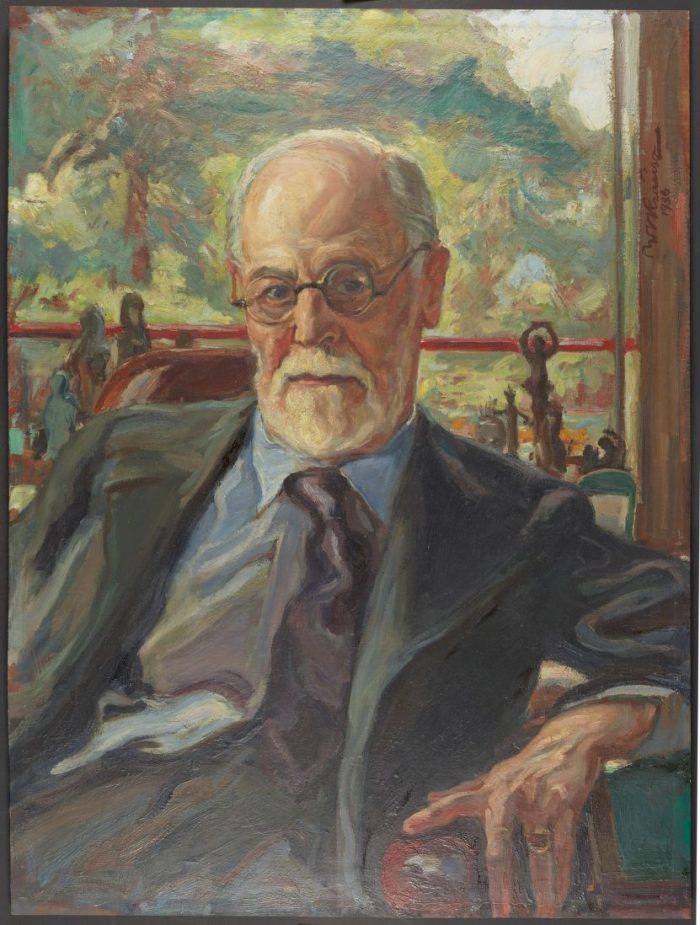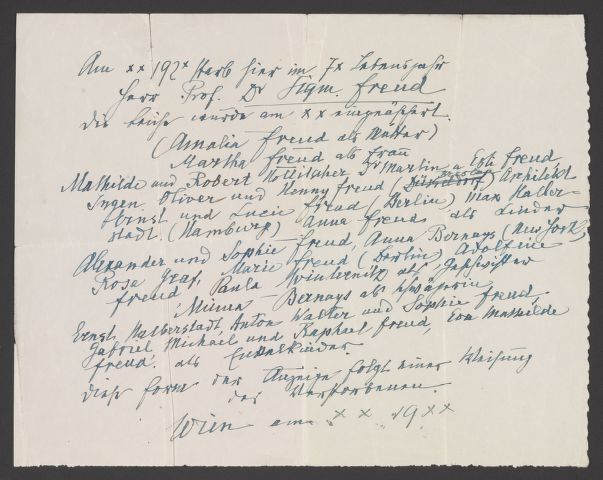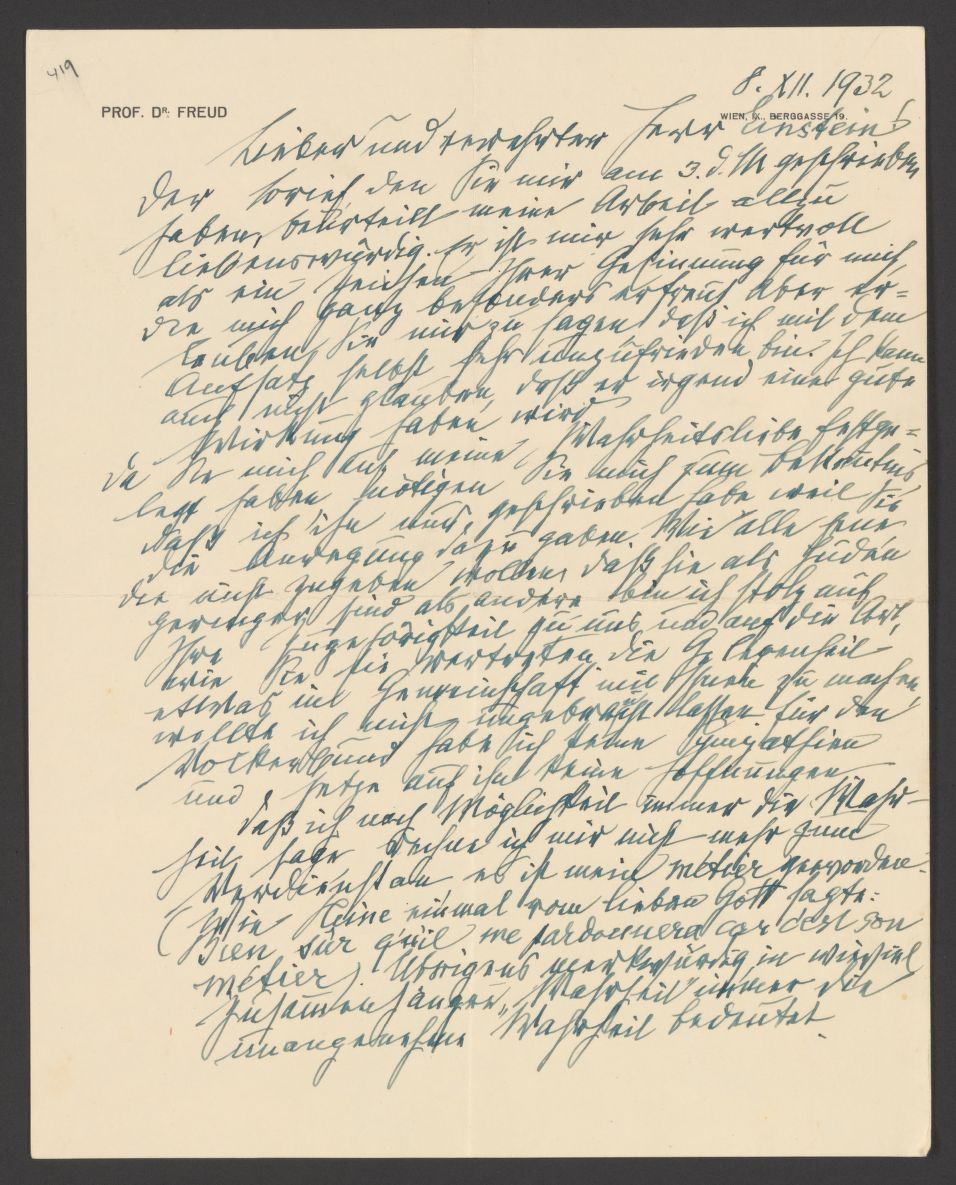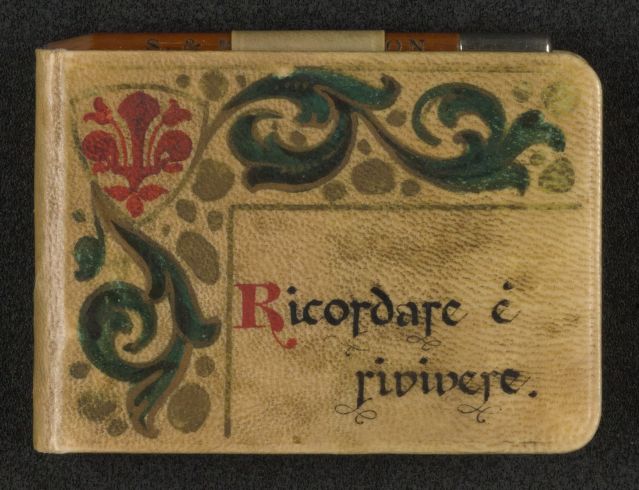Some filmmakers of the 1970s “New Hollywood” era have passed away, retired, or faded into relative obscurity, but each movie Martin Scorsese makes still meets with great interest from critics and moviegoers alike. His latest picture Silence, despite its outwardly dry subject matter of 17th-century Jesuit priests in Japan, has remained a subject of conversation and indeed debate since its release at the end of last year. Coincidentally, its title evokes one of the signature techniques that have kept his work engaging over the decades, no matter its story, setting, or theme: his unconventional and powerful use of moments without sound or music, explored in the Every Frame a Painting video essay “The Art of Silence” above.
One especially effective example of Scorsese’s silence comes from Goodfellas, quite possibly the most acclaimed of his gangster movies — and indeed, one of the most acclaimed works in his robust filmography.
The “film breakdown” from Film-Drunk Love above gets into what, exactly, has already solidified this quarter-century-old film into a classic, highlighting its use of freeze-frames to emphasize particularly significant moments in the life of its young mobster protagonist as well as the importance of that protagonist’s wife and other female characters in motivating or observing the events of this highly male-oriented story, one that fits well among those of Scorsese’s favorite subjects, a list that includes the police, boxers, investment bankers, Jesus Christ, and the Rolling Stones.
Scorsese’s movies may depict a man’s world, but as James Brown once sang, it wouldn’t be nothing without a woman — and this filmmaker certainly knows it. The Press Play video essay above examines the indispensable presence of women in his work, who offer ferocity, temptation, manipulation, judgment, and motivation, and often a combination of all of the above and more, but never friendship. “Men can’t be friends with women, Howard,” says Cate Blanchett’s Katharine Hepburn to Leonardo DiCaprio’s troubled mogul in The Aviator. “They must possess them or leave them be. It’s a primitive urge from caveman days. It’s all in Darwin: hunt the flesh, kill the flesh, eat the flesh. That’s the male sex all over.”
But Scorsese works in cinema, after all, and none of these elements would have a fraction of their impact if not delivered with the keen visual sense on display since his elementary-school days. We’ve previously featured the video essays of Antonios Papantoniou, which provide technical shot-by-shot breakdowns of how master filmmakers assemble their most memorable sequences. Scorsese’s filmography can sometimes seem made up of nothing other than memorable sequences, but Papantoniou picks one from Cape Fear where Scorsese’s wide-angle lenses, “constant motion,” “ultra quick shots,” and “unsettling angles and zooms,” the essay argues, put the viewer in the protagonist’s place “and project to us his private horror.”
Cape Fear came, of course, as a remake—starring Robert de Niro and Nick Nolte—of the eponymous 1962 psychological thriller with Robert Mitchum and Gregory Peck. Scorsese, perhaps America’s first openly cinephilic big-name director, has made no secret of his knowledge of and enthusiasm for this history of his chosen medium. In the Goodfellas breakdown, for example, he describes that picture as an homage to the decades of gangster movies that preceded it. “Equipped with encyclopedic knowledge of the medium, he draws from its past to inform his work,” argues Steven Benedict in his video essay “The Journeys of Martin Scorsese,” a look at how that mastery of what has come before allows his own films to not just “explore the human experience” but to “expand cinema’s ability to express that experience.”
In 2015 we featured Scorsese’s list of 85 films every aspiring filmmaker needs to see (this in addition to his 39 essential foreign films for the young filmmaker), all of which he mentioned during a four-hour interview granted to Fast Company. The Flavorwire video essay above illustrates Scorsese’s words with clips from the movies he recommends, making a crash-course “Martin Scorsese film school” that encompasses everything from Jennifer Jones shooting Gregory Peck in The Duel in the Sun to the “self-consciousness” of Citizen Kane’s style to the testament to “the power of movies to effect change in the world, to interact with life and fortify the soul” that is neorealism. From which cinematic tradition — or set of traditions — will Scorsese draw, and in the process expand and transform, next? No doubt this tireless auteur is just as excited to reveal it as we are to find out.
Related Content:
Martin Scorsese Reveals His 12 Favorite Movies (and Writes a New Essay on Film Preservation)
Martin Scorsese’s Very First Films: Three Imaginative Short Works
Revisit Martin Scorsese’s Hand-Drawn Storyboards for Taxi Driver
11-Year-Old Martin Scorsese Draws Storyboards for His Imagined Roman Epic Film, The Eternal City
Martin Scorsese Creates a List of 39 Essential Foreign Films for a Young Filmmaker
Martin Scorsese Makes a List of 85 Films Every Aspiring Filmmaker Needs to See
Based in Seoul, Colin Marshall writes and broadcasts on cities and culture. He’s at work on a book about Los Angeles, A Los Angeles Primer, the video series The City in Cinema, the crowdfunded journalism project Where Is the City of the Future?, and the Los Angeles Review of Books’ Korea Blog. Follow him on Twitter at @colinmarshall or on Facebook.







